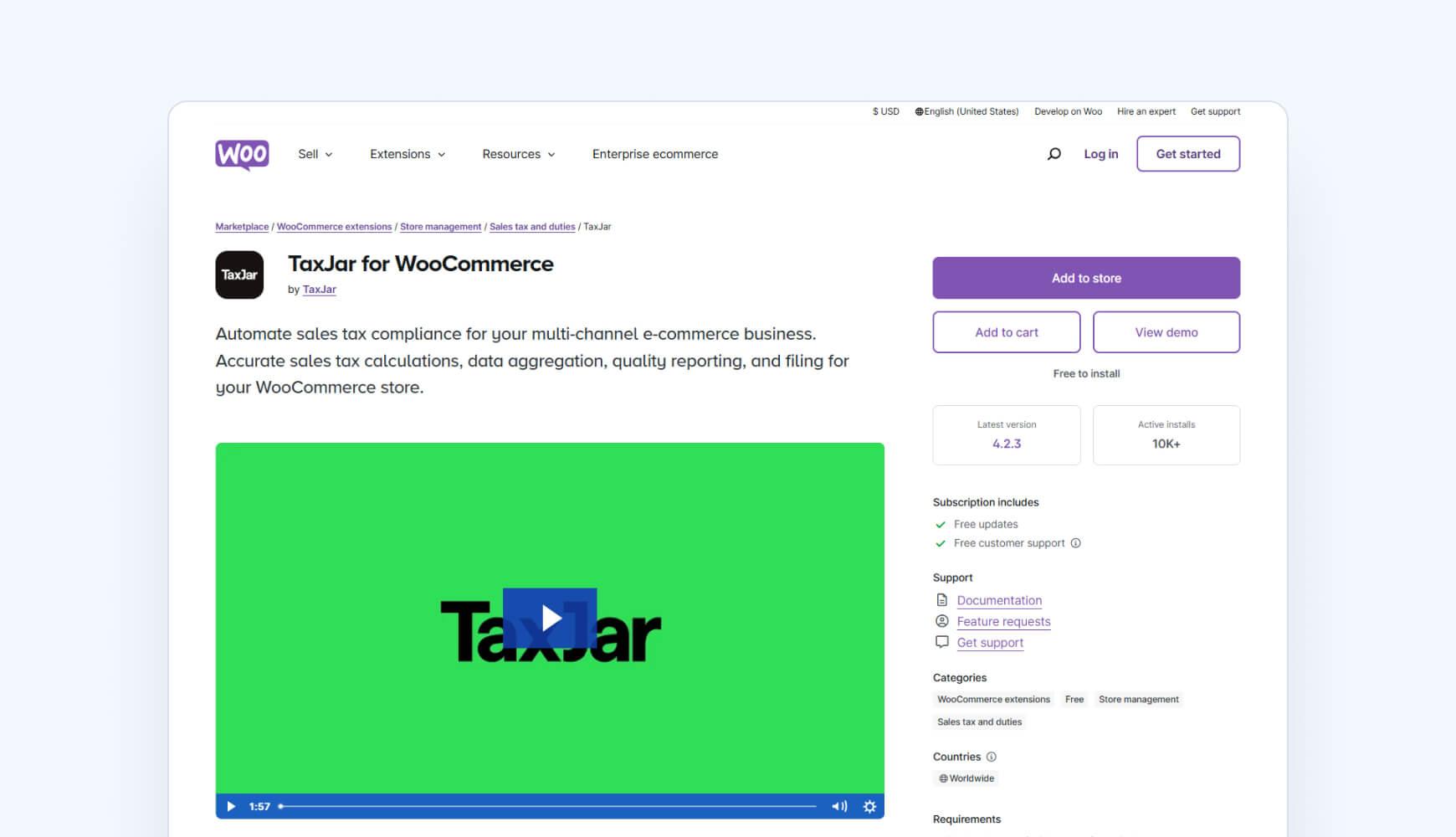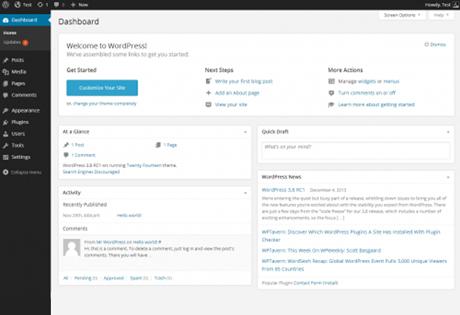What is Bandwidth in Web Hosting? Why Is It Important?
Hey there! If you’ve ever dipped your toes into the world of web hosting, you might have come across the term “bandwidth” tossed around like confetti. But what exactly does it mean, and why should it matter to you? Think of bandwidth as the highway that carries traffic to and from your website. Just like a road can get congested if too many cars are on it, your website can slow down or even crash if it doesn’t have enough bandwidth to handle all the visitors. In this article, we’re going to break down what bandwidth really is, why it plays a crucial role in your online presence, and how understanding it can help you make smarter choices for your website. So, whether you’re a seasoned website owner or just starting out, let’s dive in and discover why bandwidth is a vital ingredient for a smooth and accomplished online experience!
Understanding Bandwidth in web Hosting
Bandwidth is a critical factor in web hosting that often gets overlooked, yet it plays a vital role in ensuring that your website runs smoothly. Essentially, bandwidth refers to the amount of data that can be transmitted over a connection in a given amount of time, usually calculated in bits per second (bps).For web hosting, this means how much data can flow to and from your website each month. Understanding bandwidth is essential for anyone looking to establish a strong online presence.
When evaluating bandwidth, it’s critically important to consider how much traffic you expect your website to receive. High-traffic websites, such as e-commerce platforms or news sites, will require substantially more bandwidth than personal blogs or portfolio sites. Here are a few factors that determine your bandwidth needs:
- Website Type: Different types of websites have varied bandwidth requirements. For example, a video streaming service will need much more bandwidth compared to a text-only blog.
- Visitor Volume: The more visitors you have, the more bandwidth you’ll need. A sudden spike in traffic can overwhelm your resources if you’re not prepared.
- Content Size: Larger files (like images and videos) consume more bandwidth, so optimizing your content can significantly impact your needs.
Choosing the right bandwidth plan is crucial, as exceeding your limit can lead to slow loading times or even downtime for your website. This not only frustrates users but can also harm your SEO rankings and overall online reputation. Many hosting providers offer different plans based on bandwidth, and understanding the differences can help you make an informed choice. Here’s a speedy overview of common bandwidth options:
| Bandwidth Type | Description | Best For |
|---|---|---|
| Shared Bandwidth | Shared among multiple websites on a single server. | Basic personal or small business sites. |
| Dedicated bandwidth | Exclusively reserved for one website, offering reliable speed. | High-traffic sites or e-commerce businesses. |
| Unmetered Bandwidth | No data transfer limits, but with a fair use policy. | Growing businesses expecting high traffic. |
Lastly,it’s essential to monitor your bandwidth usage regularly. Most hosting providers offer tools to track your data consumption, and keeping an eye on this will help you make proactive adjustments to your hosting plan if necessary. By understanding and managing your bandwidth, you can ensure that visitors have a seamless experience, ultimately leading to higher engagement and conversion rates.
The Basics: What Does Bandwidth Really Mean?
When discussing web hosting, the term “bandwidth” often comes up, yet many people are unsure of what it truly means. Simply put, bandwidth refers to the amount of data that can be transferred between your website and its visitors over a certain period, usually measured in gigabytes (GB) or megabits per second (Mbps). Understanding this concept is crucial because it directly impacts how efficiently your website operates and how quickly it can serve content to users.
Imagine bandwidth as a highway. The wider the highway, the more cars can travel at the same time. If your website experiences a surge in traffic, such as during a promotion or a viral event, having adequate bandwidth ensures that all visitors can access your content without delays or interruptions.Without sufficient bandwidth, a sudden influx of users can lead to slow loading times or even crashes, which can frustrate potential customers and damage your online reputation.
Bandwidth can be influenced by several factors, including:
- Website Content: The size and type of files on your site, such as images and videos, can affect bandwidth usage. Larger files consume more bandwidth.
- Visitor Traffic: The number of visitors to your site and how often they interact with your content will determine the bandwidth needed.
- Hosting Plan: Different hosting plans come with varying bandwidth limits, so choosing the right plan is essential for your website’s performance.
To give you an idea of how bandwidth affects user experience, consider the following table:
| Bandwidth (GB/month) | Estimated Visitors | Loading Speed |
|---|---|---|
| 10 GB | 1,000 | Slow |
| 50 GB | 5,000 | Moderate |
| 200 GB | 20,000 | Fast |
Choosing the right bandwidth is not just about accommodating current traffic; it’s about future-proofing your website.As your business grows and your audience expands, ensuring that your bandwidth can scale with your needs will help maintain an optimal user experience. Therefore, investing in adequate bandwidth is not just a technical consideration but a strategic move for long-term success.
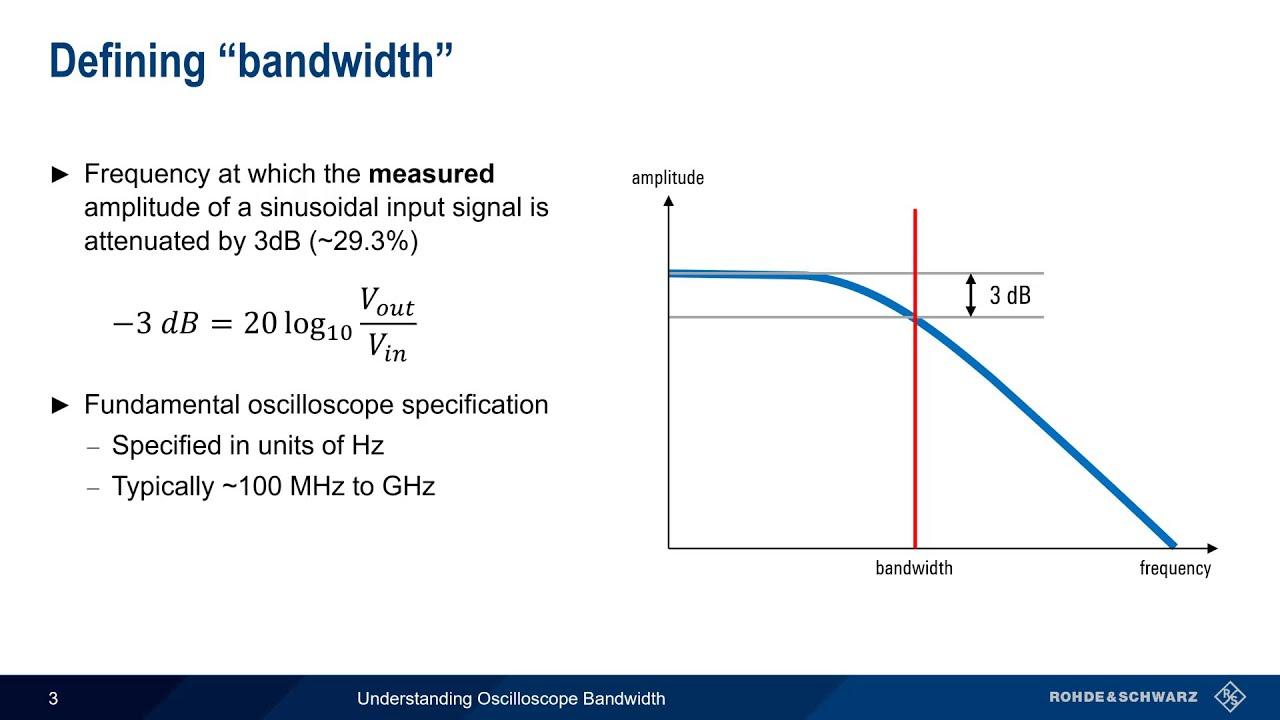
How Bandwidth Affects Your Website’s Performance
Bandwidth plays a pivotal role in determining how smoothly your website operates. It refers to the amount of data that can be transmitted between your web server and users within a given timeframe, typically measured in bits per second. When your bandwidth is too low, it can lead to slower loading times, which can frustrate visitors and drive them away. In today’s fast-paced digital environment, a delay of even a few seconds can significantly impact user experience and engagement levels.
High bandwidth allows for the seamless loading of rich media, such as videos and high-resolution images. This is especially important for businesses that rely on visual appeal to attract and retain customers. A website that loads quickly not only improves user satisfaction but also enhances your search engine rankings. Search engines favor fast-loading sites, which means that adequate bandwidth can indirectly boost your visibility and traffic.
Consider the following factors that illustrate the importance of bandwidth:
- Traffic Volume: A higher volume of simultaneous visitors requires more bandwidth. If your bandwidth is insufficient, you might experience slowdowns during peak times.
- Content Type: Websites with heavy graphics, videos, or downloadable content typically require more bandwidth to ensure smooth delivery.
- User Experience: Fast-loading sites tend to keep users engaged longer, reducing bounce rates and increasing the chances of conversions.
Additionally, let’s compare different bandwidth levels and their potential impact on website performance:
| Bandwidth (Mbps) | Suitable For | Expected Performance |
|---|---|---|
| 1-5 Mbps | Personal Blogs | Basic usage, may struggle with heavy traffic |
| 10-20 Mbps | Small Businesses | Good for moderate traffic with some media content |
| 50+ Mbps | E-commerce Sites, Streaming Services | Excellent performance, handles high traffic and media |
investing in sufficient bandwidth is not just a technical requirement but a strategic advantage. It ensures a smooth user journey, enhances site functionality, and supports your overall online presence. Ultimately, prioritizing bandwidth will pave the way for driving traffic, retaining users, and boosting sales.
The Impact of Low Bandwidth on User Experience
When users visit a website, they expect a seamless experience. Though, low bandwidth can significantly hinder that experience, leading to frustration and abandonment. This is particularly critical in today’s fast-paced digital landscape where attention spans are short,and competition is fierce.
One of the most immediate effects of low bandwidth is the slow loading times. Users are likely to leave a site if it takes more than a few seconds to load. studies show that:
- 47% of users expect a web page to load in 2 seconds or less.
- 40% of users will abandon a site that takes more than 3 seconds to load.
moreover, low bandwidth can cause buffering issues for video content, a critical element for engaging users. If a video pauses to buffer, viewers may lose interest and navigate away, missing out on critically important messages or calls to action. This results in a higher bounce rate, which can affect your site’s SEO and overall visibility.
in addition to these issues,image quality can also suffer under low bandwidth conditions. Images may load in lower resolutions or not at all, diminishing the visual appeal of your website. This can lead to a perception of unprofessionalism, making users less likely to engage with your brand or return in the future.
Here is a simple comparison of user experiences based on bandwidth:
| Bandwidth | Loading Time | User Experience |
|---|---|---|
| High | 1-2 seconds | Positive, Engaging |
| Medium | 3-5 seconds | Neutral, Frustrating |
| low | 5+ seconds | Negative, Abandonment |
Ultimately, investing in adequate bandwidth is not just about speed; it’s about crafting a user-centric experience that encourages engagement, loyalty, and conversions. High bandwidth ensures that your website operates at peak performance, making every visit a positive one.
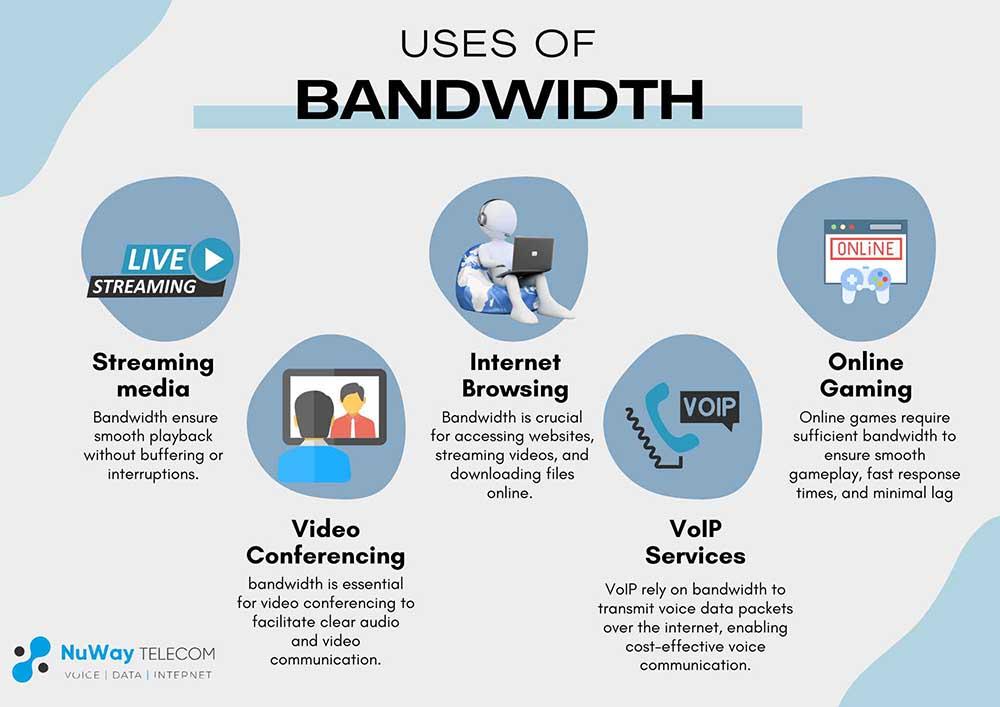
Choosing the Right Bandwidth for Your Hosting Needs
When it comes to selecting the ideal bandwidth for your hosting needs, understanding your specific requirements is crucial. Bandwidth essentially refers to the amount of data that can be transmitted over your internet connection in a given time. Choosing the right bandwidth means ensuring that your website runs smoothly, even during peak traffic times.
First and foremost, consider your website’s purpose. Is it a simple blog, an online store, or a multimedia-heavy platform? Each type of website has different bandwidth needs:
- Blogs and Personal Sites: typically require less bandwidth as they consist mainly of text and images.
- E-commerce Sites: Need moderate bandwidth, especially with numerous product images and transaction processes.
- Video Streaming Services: demand high bandwidth to deliver quality content without buffering.
Another significant factor is your expected visitor traffic. Analyze your projected traffic volume. A sudden spike in visitors can overwhelm a server if it lacks sufficient bandwidth, causing slow load times or even site crashes. Tools like Google Analytics can help you forecast traffic patterns based on your marketing strategies or seasonal sales.
Don’t forget to factor in future growth. Your business may start small, but as it expands, your bandwidth needs will likely increase. Opt for a hosting plan that allows for easy upgrades to accommodate growth without significant downtime. Here’s a simple table to illustrate the relationship between bandwidth and user capacity:
| Bandwidth (GB/month) | Estimated Users/Day |
|---|---|
| 100 GB | 1,000 |
| 500 GB | 5,000 |
| 1 TB | 20,000 |
consider the nature of your content. If your website is rich in graphics, videos, or interactive features, you will require more bandwidth. Always choose a hosting provider that offers versatility and support to help you manage these needs efficiently. By weighing these factors carefully, you can avoid common pitfalls and position your website for success.

Common Bandwidth Myths Debunked
When it comes to web hosting, there are several misconceptions surrounding bandwidth that can lead to confusion. One prevalent myth is that more bandwidth always equals better website performance. while having ample bandwidth is important, it’s not the sole factor that determines how quickly your site loads or how well it performs. Factors such as server response time, website optimization, and the quality of your hosting provider play equally crucial roles. Simply put, you can have a high bandwidth limit, but if your website isn’t optimized, users may still experience slow loading times.
another common myth is that unlimited bandwidth means you can host anything without consequences. In reality, many hosting providers that advertise “unlimited bandwidth” have terms of service that place restrictions on excessive usage. This means that if your website generates a significant amount of traffic, you might still face throttling or additional charges. It’s essential to read the fine print and choose a plan that aligns with your website’s projected traffic needs while understanding the limitations of what “unlimited” truly means.
Many believe that high traffic will inevitably lead to bandwidth issues. While increased traffic can strain your resources, the actual impact on bandwidth depends on several factors including the type of content being served. As a notable example, a site that offers high-resolution images or videos will consume more bandwidth compared to a text-heavy site. Understanding your audience and the content they engage with can help you manage bandwidth effectively and avoid potential pitfalls.
Lastly, there’s a misconception that once you set your bandwidth plan, you’re stuck with it. In truth, most web hosting providers offer scalability options. If you find your site growing and your current bandwidth plan becoming insufficient, you can upgrade to a higher plan.This flexibility ensures that your hosting solution can adapt as your business or website expands, keeping performance consistent without sacrificing user experience.
| Bandwidth Myth | Reality |
|---|---|
| More bandwidth means better performance | Performance is influenced by multiple factors. |
| Unlimited bandwidth has no limitations | Many providers have usage caps hidden in terms. |
| High traffic always leads to bandwidth issues | Content type affects bandwidth consumption. |
| Bandwidth plans are fixed and inflexible | Many providers offer scalable solutions. |

Tips for Optimizing Your Bandwidth Usage
Managing your bandwidth effectively is crucial for ensuring a smooth online experience, whether you run a personal blog or a robust e-commerce site. Here are some practical strategies to get the most out of your bandwidth:
- Optimize Images: Large image files can consume significant bandwidth. Use image compression tools and choose the right format (like JPEG for photos and PNG for graphics) to minimize file sizes without sacrificing quality.
- Minimize HTTP Requests: Every element on your webpage—images, scripts, stylesheets—requires an HTTP request. Reduce the number of these requests by combining files or using CSS sprites.
- Leverage Browser Caching: Allow visitors’ browsers to store some of your site’s resources. This means that returning visitors won’t have to re-download everything, leading to faster loading times and reduced bandwidth usage.
- Use Content Delivery Networks (CDNs): CDNs can distribute your content globally, allowing users to access data from the nearest server, which speeds up load times and decreases bandwidth consumption from your main server.
Additionally,consider analyzing your traffic to identify patterns and peak usage times.Understanding when your bandwidth is under the most strain can help you make informed adjustments to your web hosting plan:
| Traffic Type | Peak Times | Bandwidth Usage |
|---|---|---|
| Blog Posts | Weekdays 9 AM – 11 AM | High |
| E-commerce transactions | Weekends 10 AM – 4 PM | very High |
| Streaming Content | Evenings 7 PM – 10 PM | Moderate |
Lastly, don’t overlook the importance of regular monitoring and feedback. Tools like google Analytics and website performance plugins can provide valuable insights into how users interact with your site, revealing areas for enhancement. By being proactive and adaptive to your bandwidth needs, you can ensure a better user experience and optimize your website’s performance.
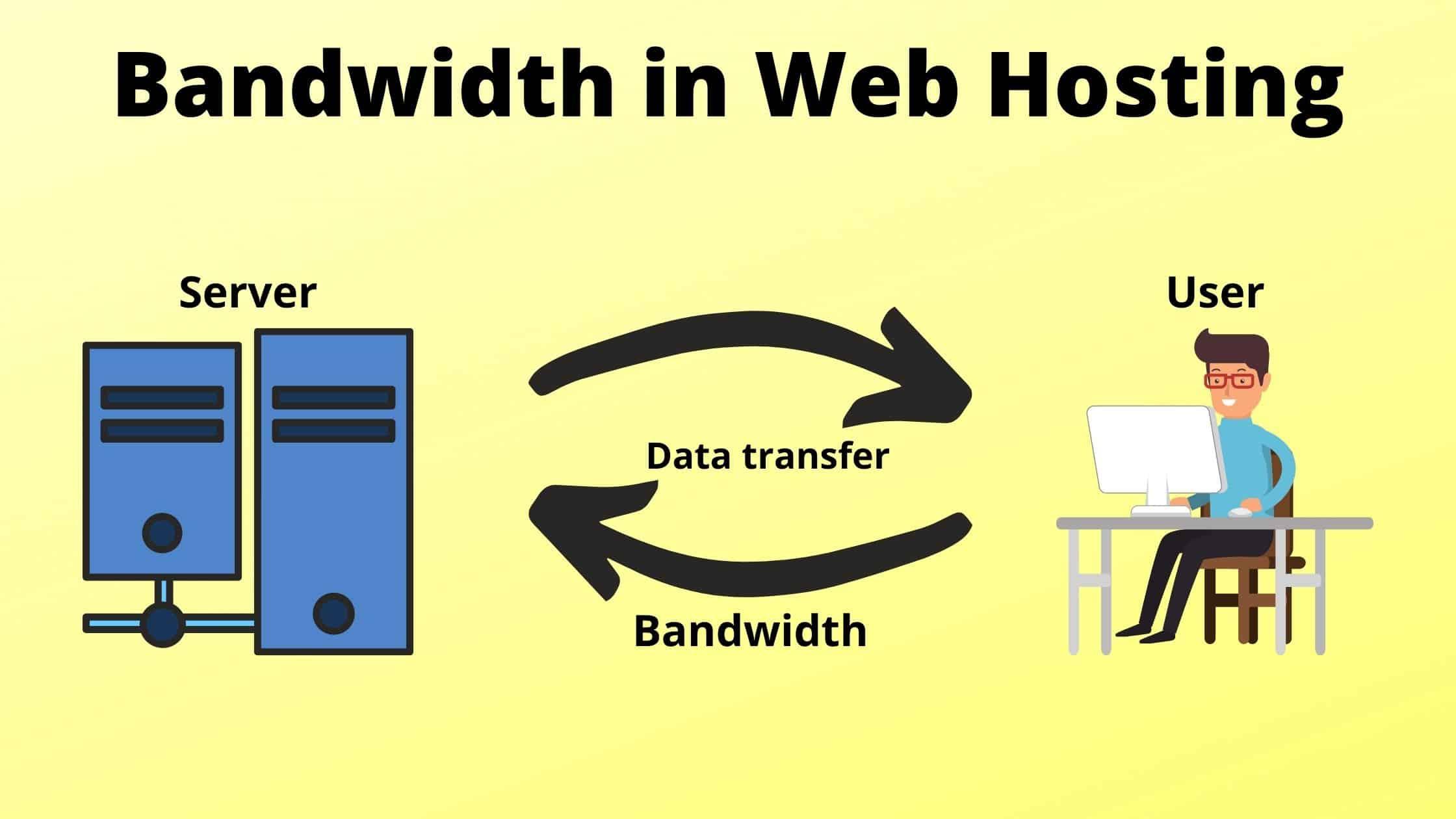
Why Bandwidth Is a Game-Changer for E-commerce Sites
In today’s digital landscape, e-commerce sites are evolving rapidly, and one of the most crucial factors that can make or break these online businesses is bandwidth. The amount of data transfer that a web host can handle is pivotal for ensuring a seamless shopping experience. Customers expect quick loading times, and any lag coudl lead to potential lost sales. Here’s why bandwidth is an absolute game-changer for e-commerce platforms:
- Enhanced User Experience: With ample bandwidth, your website can load pages faster, enabling customers to browse products without irritations. This speed not only keeps users on your site longer but also reduces bounce rates significantly.
- Support for High Traffic: E-commerce sites often experience spikes in traffic during sales events or holiday seasons. Sufficient bandwidth ensures that your site can accommodate multiple users simultaneously without any hiccups.
- Improved SEO Rankings: Page speed is a critical factor for search engine optimization. Sites with faster load times tend to rank better on search engines, which can lead to increased visibility and more organic traffic.
Moreover, the importance of bandwidth extends beyond just speed. It affects how your site handles rich media, such as high-resolution images and videos, which are vital for showcasing products effectively. A site with limited bandwidth may struggle to deliver these assets, resulting in a subpar experience that could deter potential buyers.
Consider the following table that highlights the impact of bandwidth on various e-commerce functionalities:
| Functionality | Low Bandwidth Impact | High Bandwidth Benefit |
|---|---|---|
| Page Load Speed | Slow, user frustration | Fast, seamless browsing |
| Product Image Quality | Compressed images, poor presentation | High-resolution images, clear view |
| Checkout Process | Delayed load times, cart abandonment | Instant, smooth transition, higher conversion |
Lastly, investing in bandwidth can significantly enhance your brand’s reputation. Happy customers are likely to leave positive reviews and return for future purchases. Ultimately, the right amount of bandwidth is not just a tech requirement; it’s a strategic asset that can substantially impact your bottom line.
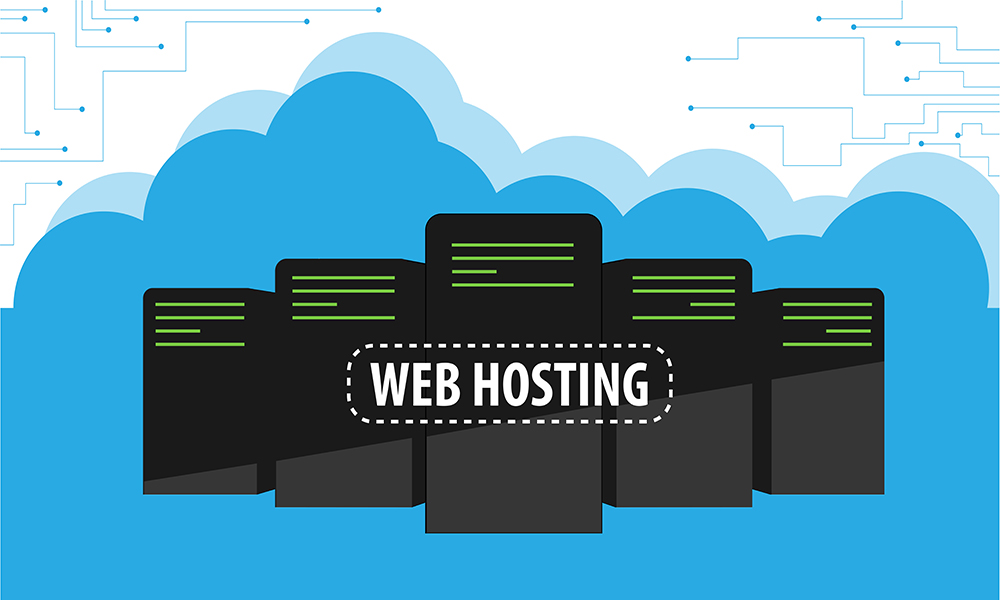
Finding the Best Web Hosting Plans with Adequate Bandwidth
When it comes to selecting a web hosting plan, understanding bandwidth is crucial. Bandwidth essentially refers to the maximum amount of data that can be transferred between your website and its visitors at any given time. higher bandwidth means your site can handle more traffic without slowing down, which is essential for maintaining a positive user experience.
Here are some key factors to consider when searching for web hosting plans that offer adequate bandwidth:
- Traffic Levels: Anticipate your website’s traffic.If you expect a high volume of visitors, you’ll need a plan with sufficient bandwidth to accommodate them.
- Content Type: Websites with heavy content, such as videos or images, require more bandwidth compared to text-based sites.Choose a plan that can handle your content load.
- growth Potential: Consider your website’s growth. Opt for a hosting service that allows you to easily upgrade your bandwidth as your needs increase.
It’s also critically important to pay attention to whether the hosting provider offers unmetered bandwidth.This means that you won’t be charged extra for exceeding a set limit, providing peace of mind as your site’s traffic fluctuates. here’s a quick comparison of typical bandwidth offerings in different hosting plans:
| Hosting Type | Bandwidth Limits | Best For |
|---|---|---|
| Shared Hosting | Shared (varies) | Small blogs and personal websites |
| VPS Hosting | 100GB – 2TB | Growing businesses with moderate traffic |
| Dedicated Hosting | Unmetered | High-traffic websites and e-commerce |
| Cloud Hosting | Scalable | Websites needing flexibility and high availability |
Choosing the right web hosting plan with adequate bandwidth is not just about the numbers; it’s about ensuring that your visitors have a seamless experience. A slow-loading site can lead to high bounce rates and lost revenue. Therefore, investing in a hosting plan that prioritizes bandwidth is essential for your website’s success.
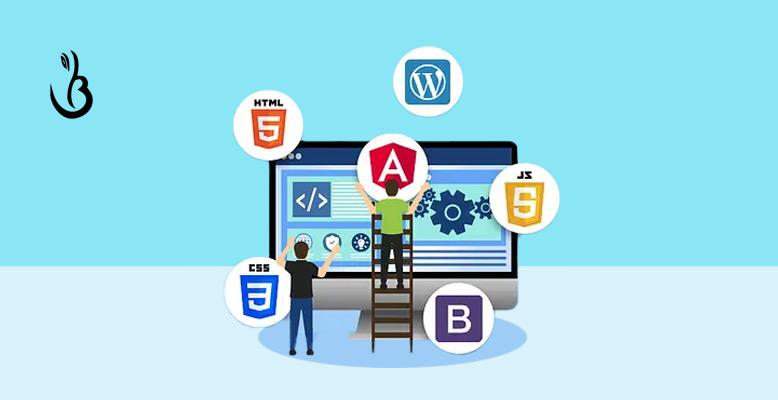
Future-Proofing Your Website: Planning for Bandwidth growth
As you build and grow your website, it’s crucial to anticipate future bandwidth needs. Bandwidth refers to the amount of data that can be transmitted between your website and its users over a given period. Understanding and preparing for bandwidth growth can significantly enhance user experience and ensure that your site remains responsive, even during traffic surges.
To effectively future-proof your website, consider the following strategies:
- Scalable Hosting Solutions: Choose a hosting provider that offers scalable plans. This way, you can upgrade your bandwidth as your traffic grows without incurring substantial downtime.
- Content Delivery Networks (CDNs): Implementing a CDN can offload traffic from your main server, distributing it across multiple locations. This not only enhances load speeds but also helps manage bandwidth demands during peak times.
- Optimize Media Files: Large images and videos can consume significant bandwidth. By optimizing your media files, you can reduce their size without sacrificing quality, ensuring faster load times and lower bandwidth consumption.
Another way to assess your bandwidth needs is to monitor your site’s performance metrics regularly. Utilizing tools like Google Analytics can provide valuable insights into traffic patterns, peak usage times, and the types of content that attract the most visitors. With this data, you can make informed decisions on when to upgrade your hosting plan or implement additional resources.
Here’s a simple table to help you understand bandwidth usage based on different types of content:
| Content Type | Average Size (MB) | Bandwidth Usage (Per 1,000 Visitors) |
|---|---|---|
| Text | 0.001 | 1 MB |
| Images | 0.5 | 500 MB |
| Videos | 5 | 5,000 MB |
| Audio | 2 | 2,000 MB |
By staying proactive and implementing these strategies, you can ensure that your website remains efficient and user-friendly, irrespective of how much traffic it receives. The key lies in understanding your growth trajectory and making informed decisions that will sustain your bandwidth needs over time.
Frequently Asked Questions (FAQ)
Q: What exactly is bandwidth in web hosting?
A: Great question! Bandwidth in web hosting refers to the amount of data that can be transferred between your website and its users over a specific period, usually measured in gigabytes (GB) per month. Think of it as the width of a highway.The wider the highway, the more cars (or data) can travel at the same time without causing traffic jams.
Q: why should I care about bandwidth for my website?
A: You should definately care! The bandwidth you choose can significantly affect your website’s performance. if your site has limited bandwidth, it might slow down or even crash when too many users try to access it at once. This can lead to a poor user experience and even drive potential customers away. Nobody wants a website that moves at a snail’s pace, right?
Q: How do I know how much bandwidth I need?
A: It really depends on your website’s traffic and content! if you have a small personal blog with few visitors, you might not need much bandwidth. But if you run an e-commerce site, a video streaming service, or a popular blog with lots of visitors, you’ll need a higher bandwidth capacity. A good rule of thumb is to assess your average monthly traffic and consider future growth.
Q: What happens if I exceed my bandwidth limit?
A: Exceeding your bandwidth limit can be quite the hassle! When that happens, your hosting provider may throttle your connection, meaning your site will load slower, or they might even take your site offline until the next billing cycle begins. This downtime can affect your reputation and revenue, so it’s crucial to monitor your usage and choose a plan that can accommodate your needs.
Q: Can I upgrade my bandwidth later if I need to?
A: Absolutely! Most hosting providers offer scalable plans, so if you start with a lower bandwidth and find that it’s not enough, you can easily upgrade. Just make sure to choose a hosting provider with flexible options. Being able to adapt to your website’s needs is key to long-term success!
Q: What are some signs that I might need more bandwidth?
A: If you notice that your website is loading slower than usual, getting frequent error messages, or experiencing crashes during peak traffic times, those are strong indicators that you might need more bandwidth. Additionally, if your analytics show a consistently increasing number of visitors, it’s a good idea to start thinking about an upgrade before issues arise.
Q: Is more bandwidth always better?
A: not necessarily! While having ample bandwidth is essential for high-traffic websites, it’s also critically important to balance it with other factors, like server quality and website optimization. More bandwidth can make your site faster, but if your server can’t handle the traffic or if your site isn’t optimized, you may not see the performance benefits you’re hoping for.
Q: How does bandwidth affect SEO?
A: Bandwidth can indirectly affect your SEO! Search engines prioritize user experience, and a fast-loading website is more likely to rank higher in search results. If your site frequently lags or crashes due to insufficient bandwidth, it can hurt your ranking.So investing in the right bandwidth isn’t just about performance; it’s also a smart move for your visibility online!
Q: Any final thoughts on bandwidth in web hosting?
A: Absolutely! Think of bandwidth as a crucial part of your website’s infrastructure. Choosing the right amount can enhance user experience, improve site performance, and even boost your search engine rankings. So, take the time to evaluate your needs, and don’t hesitate to reach out to your hosting provider for guidance. Your website deserves the best!
Key Takeaways
understanding bandwidth in web hosting is essential for anyone looking to establish a strong online presence. It’s not just a technical term; it’s the lifeblood of your website’s performance. Whether you’re running a bustling e-commerce store or a personal blog, the right bandwidth ensures that your visitors enjoy a seamless experience without frustrating delays.
Think of bandwidth as the highway that carries traffic to your site. The wider the highway,the more cars (or visitors) can travel smoothly at the same time. And who wouldn’t want their site to be the go-to destination for users? By investing time to understand and choose the right bandwidth for your needs, you’re setting your website up for success.
So, as you embark on your web hosting journey, keep bandwidth at the forefront of your decision-making. It’s not just a box to check; it’s a crucial factor that can make or break your online experience. Don’t settle for anything less than optimal performance—your visitors (and your bottom line) will thank you! If you have any questions or need guidance on choosing the right bandwidth for your hosting plan, don’t hesitate to reach out. Your website deserves the best!


